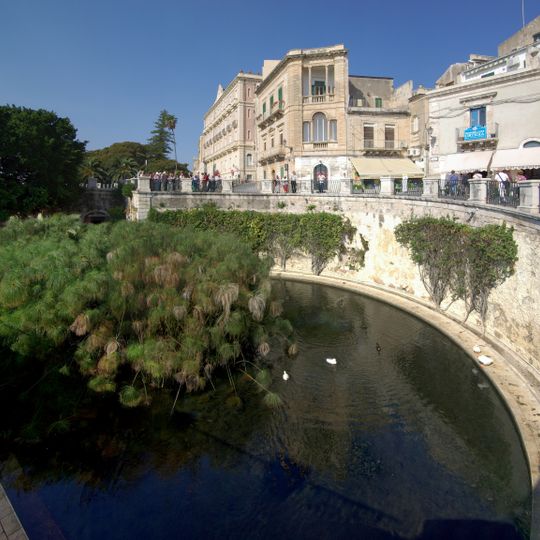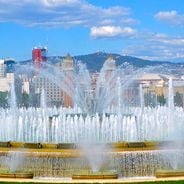Fountain of Arethusa, Freshwater spring with lake in Ortigia, Syracuse, Italy
The fountain of Arethusa is a freshwater spring in Ortigia, Syracuse, Italy, that feeds a natural basin of clear water close to the Mediterranean shore. Grey mullet swim among the green papyrus stalks that grow directly from the shallow bottom.
The spring was known to the Greeks who settled in Syracuse and originally formed a larger lake. Spanish troops built fortifications around the shore in the 16th century and reduced the basin considerably.
The name comes from a Greek tale in which the nymph Arethusa turned herself into freshwater to flow beneath the sea. Today visitors can see papyrus stalks growing from the shallow basin and lining the shore.
The basin sits directly beside the seafront promenade and is accessible at any time, with a low stone wall surrounding the water. The walk from the town center takes just a few minutes and the site is lit in the evening.
This is one of only two remaining places in Europe where papyrus still grows wild in its natural habitat. The fish seen swimming among the roots live in freshwater just a few meters from the salt sea.
Location: Syracuse
Address: Largo Aretusa
GPS coordinates: 37.05730,15.29290
Latest update: December 5, 2025 22:25
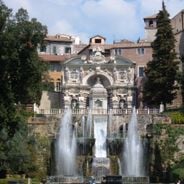
Italian historic fountains demonstrate five centuries of craftsmanship in sculpture, hydraulic engineering, and urban design. From the 15th to the 19th century, Italian artisans shaped marble, bronze, and stone to create works combining practicality and artistic expression. These fountains tell stories from classical mythology, such as Neptune and marine deities, or from the Bible, like Moses drawing water from the rock. They also celebrate the political power of great families and the identity of Italian cities. In Rome, the Trevi Fountain extends 86 feet (26 meters) high with baroque sculptures, while Bernini's Fountain of the Four Rivers symbolizes continents on Piazza Navona. In Florence, Neptune sits above the Piazza della Signoria, recalling the Medici family's maritime ambitions. The gardens of Villa d'Este in Tivoli feature 51 fountains spread across multiple terraces, showcasing Renaissance hydraulic mastery. These works reveal how water has shaped Italy’s architecture and urban life, from papal Rome to squares in Palermo and Siena.

Southern Italy contains a wide range of historical sites, religious structures and natural areas that take visitors through more than two millennia of cultural history. The region holds Greek temples such as the Temple of Hera at Metaponto, medieval fortresses including Castello Aragonese in Taranto and Rocca Calascio in Abruzzo, and religious complexes like the Santuario di Monte Sant'Angelo, an important pilgrimage site since the early Middle Ages. Underground catacombs in Naples and Palermo, rock churches in Matera and the Cripta del Peccato Originale show the development of Christian art and architecture. The natural environment ranges from marine protected areas like Riserva Marina di Punta Campanella on the Campanian coast to the Tremiti Islands in the Adriatic. Inland landscapes include Parco Nazionale d'Aspromonte in Calabria, the erosive Calanchi di Aliano in Basilicata and Cavagrande del Cassibile in Sicily. Coastal formations such as the Arco Naturale near Palinuro and sea caves like Grotta della Poesia at Roca Vecchia add to the geographic variety. Cities including Matera with its sassi districts, Lecce with baroque palaces and the Quartieri Spagnoli in Naples illustrate different urban developments. This collection centers on the area around Alberobello, whose trulli structures have been a UNESCO World Heritage Site since 1996.

Cathedral of Syracuse
247 m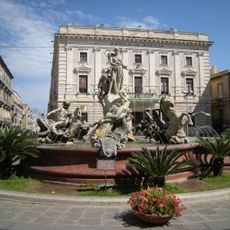
Diana fountain
447 m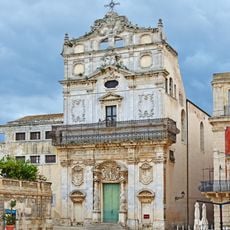
Santa Lucia alla Badia
137 m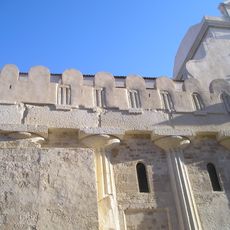
Temple of Athena
266 m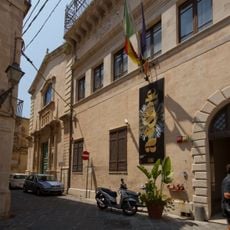
Palazzo Bellomo Museum
163 m
Palazzo Borgia Impellizzeri
160 m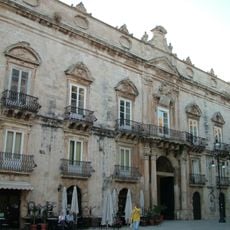
Palazzo Beneventano del Bosco
301 m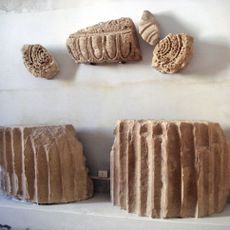
Temple of Artemis in Syracuse
298 m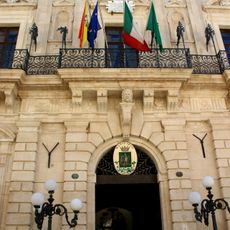
Palazzo Vermexio
297 m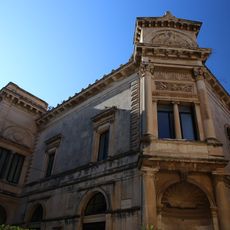
Teatro Comunale
257 m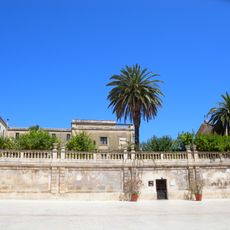
Ipogeo
215 m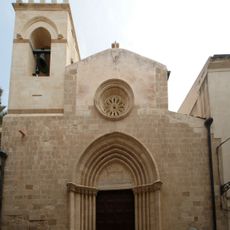
San Martino
141 m
Aquarium of Syracuse
69 m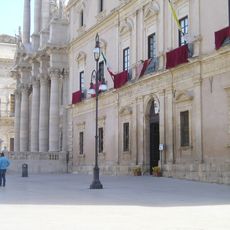
Archbishop's Palace
224 m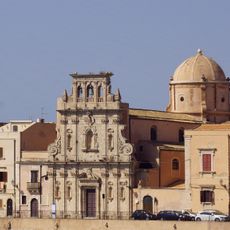
Spirito Santo
233 m
Alagonian Library
246 m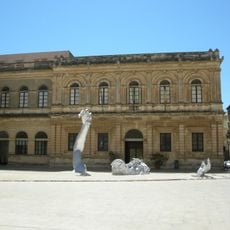
Ex Museo archeologico di Siracusa
216 m
Palazzo Arezzo della Targia
247 m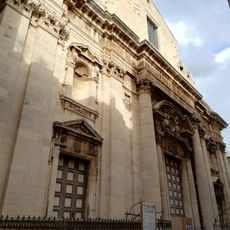
Chiesa del Collegio dei Gesuiti
387 m
Puppet Museum
347 m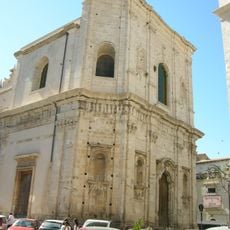
San Giuseppe, Ortigia
316 m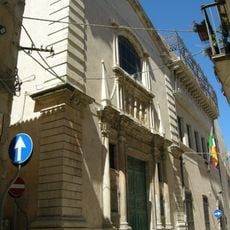
San Benedetto
124 m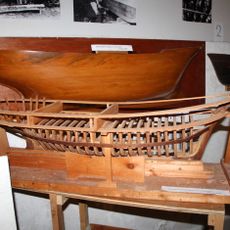
Museo del mare
251 m
Syracuse and the Rocky Necropolis of Pantalica
239 m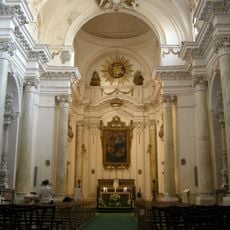
Santa Maria della Concezione
354 m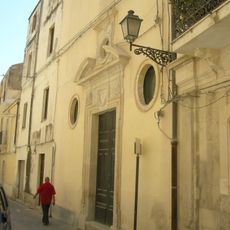
Gesù e Maria
113 m
San Domenico
333 m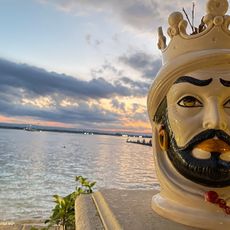
Spiaggetta di Aretusa
94 mVisited this place? Tap the stars to rate it and share your experience / photos with the community! Try now! You can cancel it anytime.
Discover hidden gems everywhere you go!
From secret cafés to breathtaking viewpoints, skip the crowded tourist spots and find places that match your style. Our app makes it easy with voice search, smart filtering, route optimization, and insider tips from travelers worldwide. Download now for the complete mobile experience.

A unique approach to discovering new places❞
— Le Figaro
All the places worth exploring❞
— France Info
A tailor-made excursion in just a few clicks❞
— 20 Minutes
